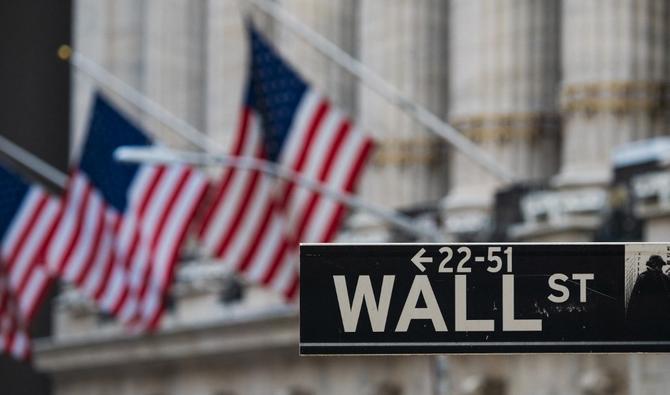(BFM Bourse) – CNN launched the Fear and Greed index in 2012, which is supposed to measure market excesses. An index based on a set of indicators.
This is one of the many principles of the oracle of Omaha, the famous investor Warren Buffett: to be “scared when others are greedy and to be greedy when others are scared”, he explained in a 1986 letter to the shareholders of his investment company, Berkshire Hathaway.
It’s hard not to see a corollary between this advice and the “Fear & Greed” index (“fear and greed”) launched in 2012 by the media CNN and supposed to detect market excesses or their “irrational exuberance” to use the words of former US Federal Reserve Chairman Alan Greenspan.
A disturbing barometer
This index is often quoted on social networks by market observers. “The Fear & Greed Index is used to gauge market sentiment. Many investors are emotional and overreact, and fear and greed sentiment indicators can alert investors to their own emotions and biases that may influence their decisions,” says CNN. “Combined with fundamentals and other analytical tools, the index can be a useful way to gauge market sentiment,” the outlet adds.
“In theory, the Fear and Greed index serves as a barometer to determine whether the stock market is correctly valued by taking into account the emotions of investors. It is considered a contrarian index”, underlines for its part the Corporate Finance Institute, a platform training for finance professionals.
“When investors are fearful, they sell stocks in their portfolio, which depresses the price of stocks to the point where they may be below their intrinsic value. The reverse is true when investors are greedy. Thus, for index, fear is seen as a buy indicator, and greed as a sell indicator,” he said.
It should be noted from the outset that this index applies to the American markets. It is nonetheless interesting for all investors, with the New York trend regularly influencing that of other world markets, including Europe. Often the opening (and closing) of Wall Street has an impact on the CAC 40.
Seven criteria for constructing the index
CNN constructs this index, which ranges from 0 (extreme fear) to 100 (extreme greed), based on seven criteria.
The media first takes the 125-day moving average of the S&P 500 to gauge market momentum. It incorporates as a second criterion the difference (in percentage) between the number of shares on the New York Stock Exchange that reach a 52-week high and those that show a low over the same period.
The third indicator relates to volumes: CNN is based on the McClellan index. Simply put, “this metric looks at the quantity, or volume, of New York Stock Exchange stocks that are rising relative to the number of stocks that are falling.” Fourth, CNN looks at the “put/call” ratio, i.e. the ratio that divides the number of derivative products (options in this case) going down (“put”) by those going up (“call”) on stocks, with a five-day average. Next, the index takes into account the “fear index”, the VIX, which measures market volatility, averaged over five days.
Sixth point: the difference in yield over 20 days between stocks and bonds. In this way, CNN measures the appetite for bonds, and therefore for assets deemed safe, which constitutes a signal of market fear. Last parameter, the difference (spread) in yield between “junk” bonds (rated in speculative category by the rating agencies) and those in “investment grade” (non-speculative category). “A larger spread is a sign of caution,” says CNN. Conversely, stronger demand results in a narrowing of this gap, which is a sign of greed.
The level of this “fear and greed” index has changed a lot in recent months. In view of the recent surge in the equity markets, driven by the reopening of China, the improvement in the economic situation in Europe and the tone deemed more accommodating by the major central banks, it is close to the border of the “extreme greed” which ranges from 75 to 100. But the market is moving fast. Just over a month ago, the index was thus in “neutral” territory.
And obviously this type of tool has limits (like all of them, in fact). Like many of them, it is based on past data and therefore does not predict the evolution of the market, but gives an idea of its sentiment. And obviously the feeling can last: the market can very well continue to fall while it is in “extreme fear” mode and conversely continue its ascent while the bar “extreme greed is exceeded”. This index obviously does not replace fundamental and technical analysts, to make an investment decision.
Julien Marion – ©2023 BFM Bourse
